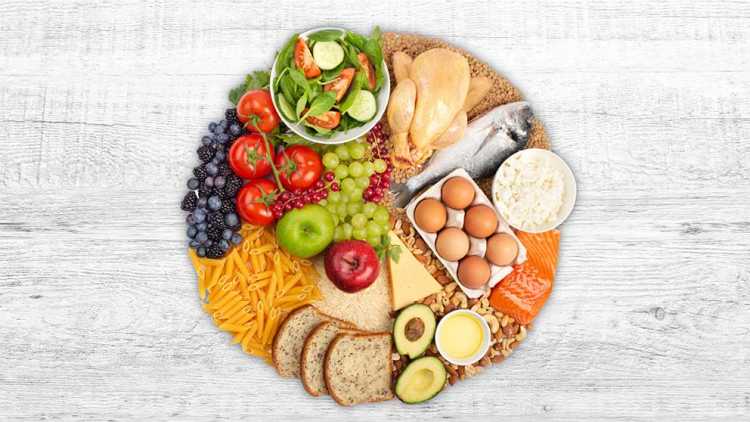Healthy eating: an evolving fundamental trend

Healthy eating is one of the trends that generate the most food-related innovations in Canada each year. This has been going on for a few decades and it will certainly continue to be the case for some time to come. As science continually evolves, we learn more every day about the impact of our diet on our current and future health which plays out in the food market. In fact, the very definition of a healthy diet is changing.
Medical, natural, plant-based and global trends
French consulting firm Protéines XTC has been documenting and analyzing global food innovations for over 20 years. Its innovation segmentation model Trends Tree, provides an interesting perspective on health, identifying three major trends:
Medical - foods whose nutritional value and addition of functional ingredients promote good health and help prevent or even treat disease
Natural - slightly processed foods that reassure consumers with their natural qualities
Plant-based - foods whose nutritional value is based on the presence of ingredients from plant sources
An early push to natural ingredients
In the first decade of the 21st century, medical type of food innovations predominated: “cholesterol free”, “trans-fat free”, “with probiotics” or “good source of antioxidants” were among the attributes frequently promoted by manufacturers. What followed was a tidal wave of innovations focusing on natural products, as though the entire industry decided at once to clean up its ingredient lists.
The trend in natural products was widespread, since it was also a big driver of innovative processing and packaging. Consumers were and are still today extremely receptive to natural products attributes, because they reassure us and simplify healthy living.
Plant-based trends emerge
Despite enormous potential and sustained efforts by public health authorities and healthcare professionals to persuade us to eat more plant-based foods, the trend was slow to gain acceptance. Now consumers are clamouring for greater choices. The new edition of Canada’s Food Guide, launched in 2019, likely had an impact, but that’s not the only factor. Fuelling this emerging trend is the fact that it goes beyond health and is based on needs, concerns and values that are both individual and societal.
Connecting health and the environment
The latest healthy eating trend is its official “marriage” with the environment. The two issues have always been connected, but until now they have remained distinct. You might think the relationship is based primarily on logic, since both are serious, rational and science-based topics.
People are taking a stance and so are brands.
There’s a significant emotional component to this association. Climate change, pollution, chemical residues and plastics in our water, our food and even our bodies, the explosion in cancer cases, etc., – evidence of the intimate relationship between our health and environment speaks more loudly now than ever. And since this growing awareness is both individual and societal, it generates profound reflection and a redefinition of our values. People are taking a stance and so are brands. It’s the ideal recipe for the creation of a new and fundamental trend.
Combining rigour, aspirations and pleasure for success
Innovations in health don’t happen by chance, they require research and rigour. All manufacturers must be accountable for the promises they make to consumers. Nevertheless, just because health is a serious topic doesn’t mean it can’t be appealing. And there lies the challenge: persuading people that healthy foods can be good for you, taste good, be fun and make you feel good about yourself.
I’m totally convinced that healthy is a label that can generate significant sales, but I’m also equally certain that healthy alone will not be enough to win anyone over to a new product. Looking after your health while protecting the environment is definitely of interest to consumers, but because the benefits are neither immediate nor very tangible, it’s necessary to go farther.
Brands that appear to be most successful are those that manage to combine pleasure, health and authenticity without tipping too far in the direction of commercialism in their claims. Companies that go too far inevitably lose credibility for their brands.
In short, new health innovations that strike a chord with consumers no longer focus solely on the product’s make-up and nutritional value. They have personality, they offer consistent traits, and they convey clear values. They tell us where their ingredients come from and how they’re processed. And they tempt us with stories of the humans behind them, because of course food is the most human of all consumer products.
Article by: Isabelle Marquis, P.Dt., Food communication and marketing expert

Debt is a tool that needs to be understood and structured to fit with your business needs. If a loan makes your business more profitable and sustainable in the long run, and if you have a solid repayment plan, it can be an essential business instrument – but be sure you can manage it.

